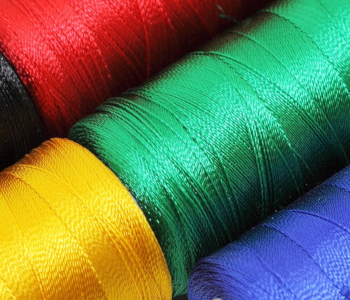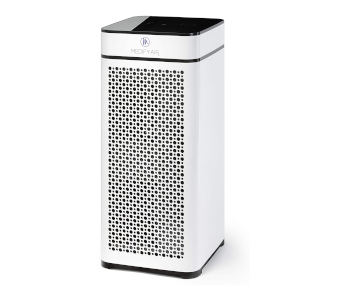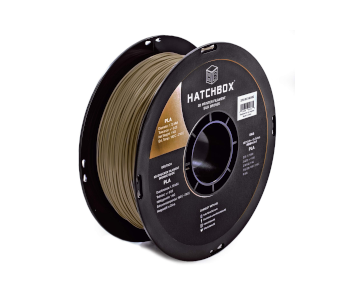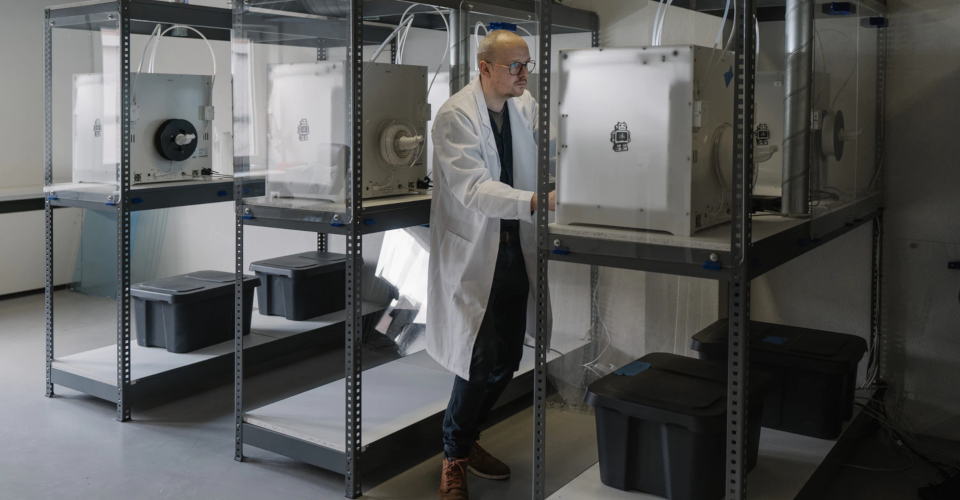How to Ensure Good Ventilation When 3D Printing
With more people taking on 3D printing as a hobby, it has become incredibly common to see 3D printers being set up in someone’s garage, living room, or bedroom. However, there is more to 3D printing than just buying a good 3D printer and some tools – especially when it comes to safety.
On top of the hazards related to high temperatures and moving parts, the risk of inhaling fumes from the 3D printing process is something that every user and owner of a 3D printer needs to take heed of. How can one make sure that their 3D printing setup has enough ventilation?
The importance of good ventilation
Much has already been written about the respiratory hazards associated with 3D printing. Most of these discussions have emphasized the importance of ventilation for 3D printing at the industrial scale, but these precautions also apply to those who 3D print at their homes.
In terms of composition, these respiratory hazards can be classified into two types – toxic fumes and plastic nanoparticles.
Toxic fumes
Toxic fumes can refer to any chemical or volatile organic compound (VOC) released by the plastic filament when they are heated. The actual chemical composition of these fumes, as well as their effects on long-term health, will depend on the specific type of filament material.
ABS may be one of the most common plastics used in 3D printing, but it is also one of the most dangerous in terms of chemical emissions. When heated, ABS produces a gas called styrene. This chemical compound has been linked to carcinogenic effects among those who have gone through sustained or prolonged exposure. In the short term, exposure to styrene can also cause headaches, drowsiness, and a feeling of fatigue.
PETG and Nylon are also filaments that are commonly part of the discussion on the topic of hazardous chemical fumes. Both these plastics release a compound called caprolactam when they are heated. It is slightly less dangerous as it is not a proven carcinogen but can still cause short-term irritation of the eyes, nose, throat, and skin. Those who have been exposed for longer periods have developed malaise, headaches, feelings of confusion, or peeling of the skin.
As a general rule of thumb, any unpleasant smell during 3D printing should be taken as a sign that there is an unhealthy concentration of chemical fumes in the room. However, the lack of an unpleasant smell should not be taken as a sign that everything is well – some of these chemical fumes can be imperceptible, even in high concentrations.
Plastic nanoparticles

While not all plastics used in 3D printing emit harmful fumes, the heat and pressure involved in 3D printing make it very likely to release plastic nanoparticles in the air. This is true of just about all 3D printing plastics – including the seemingly benign PLA.
Nanoparticles can be absorbed by the body either through inhalation or skin contact. Over the long term, exposure to these nanoparticles has been linked to the development of certain types of cancers. Direct inhalation can also lead to a host of respiratory problems such as bronchitis and asthma. According to some studies, it can take up to 30 minutes for the nanoparticle concentration in a room to go back to normal levels after 3D printing operations.
As a rule of thumb, filaments that print at higher temperatures typically release a higher concentration of these nanoparticles. ABS and PLA provide the perfect comparison for this concept. It is estimated that ABS can release between 3 to 30 times more nanoparticles than PLA. Other high-temperature filaments, such as Nylon and Polystrene, have also been found to release very high levels of nanoparticles.
Whether you’re 3D printing at home or in a commercial site, the research on the matter is pretty conclusive – there is an inherent respiratory health hazard to 3D printing. With this in mind, the best precaution is to use your 3D printer in an area with good ventilation.
Options for 3D printing ventilation
The need for good ventilation applies both to commercial 3D printing operations as well to those who only 3D print at their homes. Safety measures need not be expensive. A careful selection of where you place your 3D printer plays a big role, but you can also get a few pieces of hardware to help. Here are a few measures you can take to avoid health hazards while 3D printing:
Print in an open area
The best option is to 3D print in an area with good cross-ventilation. This could be a garage with the doors open, a workshop located outdoors, or a toolshed with several open windows. The most important thing is to have a constant flow of fresh air to disperse and displace the chemical fumes and nanoparticles from your 3D printer.
Use an enclosed 3D printer
There are now a lot of desktop-scale 3D printers that come with built-in enclosures. These might be a little more expensive than their more “open” counterparts but the benefits they provide are certainly worth the added cost.
3D printer enclosures do a great job of restricting the spread of unpleasant fumes. These typically also come with a built-in venting system with a HEPA filter which helps remove plastic nanoparticles from the air before it exits from the vent. Take note that the chemical fumes likely won’t be removed completely by a filter, so it’s still best to set up your 3D printer in an area with good ventilation.
Install an air extractor

If you only have a small window in your workshop, then opening it might not be enough to provide enough ventilation. In this case, you should consider using an active air extraction system such as this Twin Window Fan from CCC Comfort Zone.
These are designed to be mounted on any standard-sized windows and can be used to either draw out the air from inside the room or to introduce fresh air from the outside. Either way, having a window fan will encourage air circulation inside the room and prevent the unhealthy accumulation of chemical fumes.
Use an air purifier

An air purifier can be an additional accessory if you feel that your room still isn’t receiving enough ventilation. Just to be clear, an air purifier should not be relied on completely – it can only remove so much of the air contaminants and will likely get overwhelmed if you’re 3D printing in a completely enclosed room.
If you’re planning to get an air purifier, then make sure to get one that can neutralize both nanoparticles and chemical fumes. You should primarily be on the lookout for an air purifier with a HEPA filter, a carbon filter, and ionizing technology. This air purifier from Medify Air is a good option that we can recommend.
Print only with PLA

If you don’t need your 3D printed projects to be exceptionally durable or rigid, then you can consider printing only with PLA filament. Compared to other filaments, PLA is likely the one that creates the lowest level of respiratory hazards. With PLA, you don’t need to worry as much about the effects of styrene or caprolactam. However, you will still need some protection from the plastic nanoparticles.
Another factor to watch out for are the additives that could be in your PLA filament. The PLA material itself is relatively benign, but your specific filament brand may have dyes or other stabilizers that are relatively more toxic. If you don’t know exactly how safe these additives are, then it’s best to simply exercise maximum caution.
Printing with PLA can be a viable option if you have no choice but to print in a room with poor ventilation. Take note that staying in the same room for the 7 to 10 hours it takes to finish 3D printing a project is still not a good idea.
Final thoughts
Coming up with a clear qualifier of whether your 3D printing environment is dangerous or not is virtually impossible. After all, there is an endless combination of 3D printer types, filaments, room sizes, and methods for air circulation. In the face of this uncertainty, the best thing we can recommend is to just err on the side of safety.
The good news is that it doesn’t take a lot of effort to protect yourself and the people around you from the respiratory hazards of 3D printing. Simply opening your windows is already a huge help. The key component is plain common sense – if the smell gets too strong or if you start getting dizzy, then you probably aren’t getting enough ventilation.


